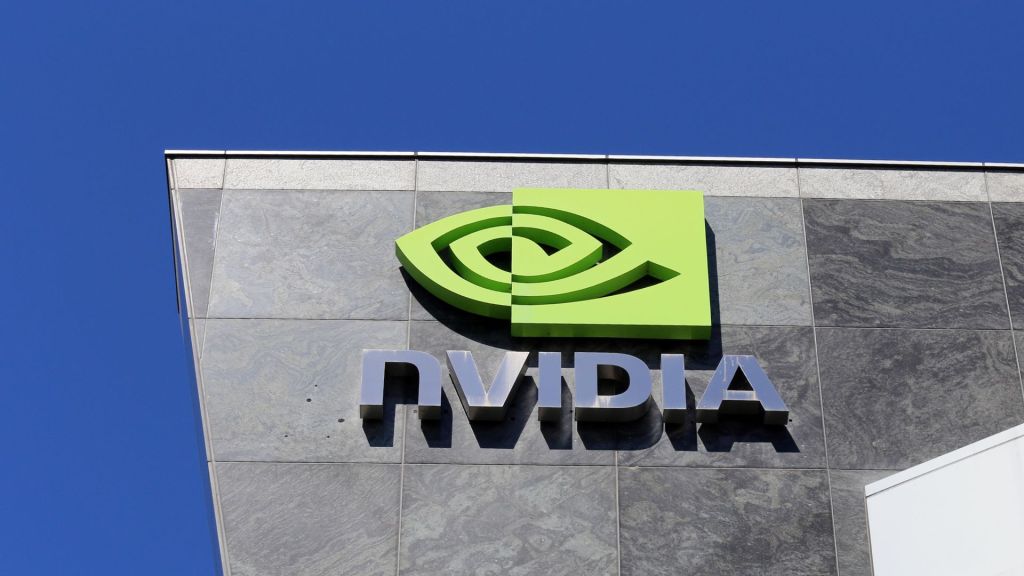During the recent AI Summit in Mumbai, Nvidia’s CEO, Jensen Huang, announced notable partnerships that aim to propel India to the forefront of global artificial intelligence innovation. This initiative marks a significant transition for India, historically known for its software exports, into a future defined by AI leadership and technological exports. Nvidia’s strategy highlights a commitment not merely to participate in the global AI landscape but to emerge as a pivotal player in shaping its future, reinforcing the nation’s ambition to transform into a powerhouse of AI development and deployment.
Central to this transformation are strategic alliances with major industry players, including Reliance Industries and the Tata Group. These partnerships are designed to bolster India’s AI capabilities and work towards achieving technological independence. Huang emphasized the importance of these collaborations by detailing plans for a 1-gigawatt AI data center in Jamnagar, Gujarat, in partnership with Reliance Industries. This facility will utilize renewable energy, thereby establishing an eco-friendly technological framework necessary for sustainable AI growth in India. Additionally, Tata Communications’ integration of Nvidia’s advanced chip technology is expected to power one of India’s most significant cloud-based supercomputers, reflecting a concerted effort to harness cutting-edge technologies for national advancement.
Nvidia is also introducing innovative AI models tailored to India’s diverse population, such as the compact Hindi-language AI model, Nemotron-4-Mini-Hindi 4B. This initiative caters to the varied linguistic landscape of India, making it easier to implement AI solutions in a culturally relevant manner. Alongside this, Nvidia is committed to training around 500,000 developers to enhance the country’s AI adoption. Companies like Tech Mahindra and Tata Consultancy Services are working with Nvidia’s AI models to create customized applications that cater to both regional and global needs, further embedding AI within the Indian technological ecosystem. Other collaborations, like those with Yotta Data Services, are expanding access to Nvidia AI applications, enhancing computational resources for enterprises across India.
Nvidia’s omniverse and digital twin technologies are gaining traction through partnerships with major firms like Reliance Industries and Ola Electric Mobility Ltd. These technologies are facilitating advancements in digital simulation and interaction, setting new benchmarks in industry standards. Nvidia’s diverse collaborations extend to companies like Flipkart and Wipro, enhancing customer relations and healthcare solutions through generative AI. The engagement from industry leaders reflects a broad acknowledgment of the potential benefits these innovations can yield, not only for businesses but also for transforming customer experiences and operational efficiencies.
Mukesh Ambani, Managing Director of Reliance Industries, expressed his optimism about India’s potential role in the global intelligence market, projecting a future where India’s youth power drives significant technological innovations. He believes that India will not only produce a new generation of business leaders but also a vast workforce capable of delivering AI services worldwide. Jensen Huang echoed this sentiment, emphasizing the shift in India’s role from software exportation to becoming a central player in AI development. He expressed his hope for collaborative efforts that would help India harness its capabilities during this new industrial revolution, aspiring to see India recognized as a global leader in AI technologies.
The economic ramifications of Nvidia’s initiatives in India are anticipated to be substantial, with forecasts suggesting a potential transformation of the country’s $155 billion electronics industry to a targeted $500 billion by 2030. Nvidia’s approach is not only aimed at technological dominance but also seeks to enrich India’s social fabric by creating high-value employment opportunities for its populace. The focus on training new talent aligns closely with governmental efforts to upskill youth, ensuring the workforce is prepared for the evolving demands of technology-driven markets. Although India’s semiconductor industry requires significant advancements to meet global standards, the government’s commitment to enhancing local capabilities alongside incentives for tech giants sets a positive path for growth.
As Huang pointed out, there is a growing recognition of India’s capabilities within the global computing sector, projecting a dramatic increase in computing capacity over the next few years. This surge in capacity signifies that India is not merely catching up but is well on its way to establishing itself as a formidable exporter of AI solutions. Nvidia’s strategic initiatives signal a transformative phase for India, positioning it vitalily within the international tech arena while potentially enhancing the quality of life for its citizens through increased economic opportunities and technological advancements.

